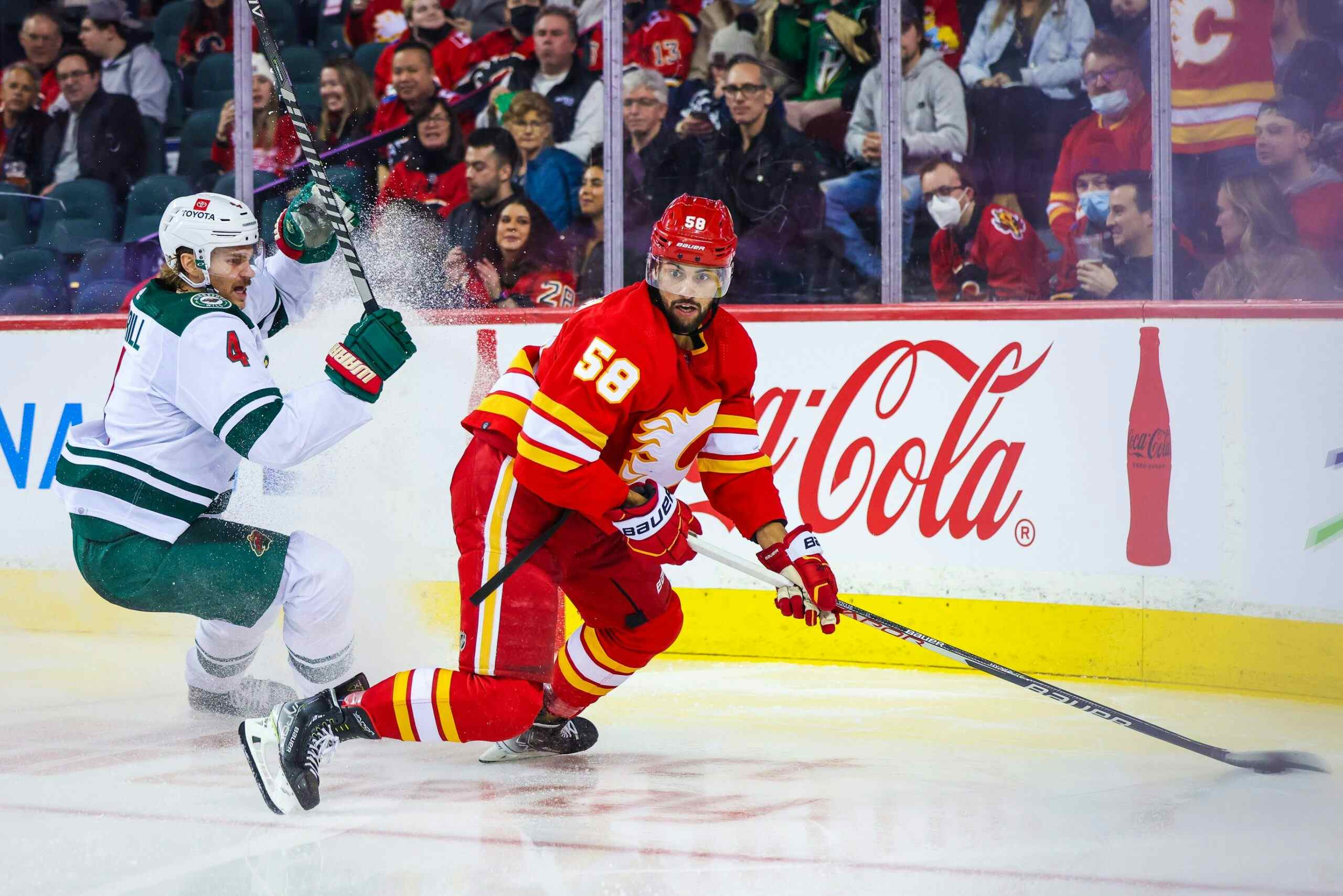LINE COMBINATIONS: AN ADVANCED LOOK
By Byron Bader
9 years agoThe data collection for the NHL’s new fancy stat motion has been impressive and is getting more detailed and helpful by the day. There was always one thing missing for me … advanced stats, or any stats at all, on line combinations. Matt Pfeffer changed this through his website www.progressivehockey.com. The site includes many of the pertinent stats of today (Corsi, Fenwick, WOWY, Usage, etc.) but it is also the first website that I’ve come across that has advanced stats on forward line combinations and d-pairings.
SOME THOUGHTS
THE EYE TEST
First, looking at the lines combination stats really helps to confirm or disprove your eye test on some of the lines you’ve seen throughout the year. The Lucic, Krejci, Iginla line was as good as it looked all year, if not better. Same goes for the Voracek, Giroux, Hartnell line. The Kessel, Bozak, JVR line got destroyed on the possession front, like the majority of the Leafs. But boy were they affective when they did have the puck, recording a Sh% of 11.4%. The Okposo, Tavares, Vanek line … same story. The Ovechkin-Backstrom-Johansen provides perhaps the most interesting example.

Reading the names, my first thought is that line would be very, very good but it in fact had some serious issues. Ovechkin can easily score 50 goals a year and his most probable line with Backstrom and Johansson, which played together over 500 minutes this past season, did fine possession wise. However, the line gave up almost THREE TIMES as many goals as it scored. Much of this can be attributed to the line’s (probably mostly Ovechkin’s) complete lack of defence which led to many opportunities for the opposition resulting in a sv% of .894 when they were on the ice together. This is significant as most established lines that played together for 200 or more minutes throughout the season saw a typical NHL-level sv% between .910 and .930 and scored far more goals than they gave up. How was that line given so much rope when it should have been clear that there should have been changes? Was Adam Oates really oblivious to how toxic that line was when they were on the ice together? It seems impossible but if we know one thing about people … they’ll see what they want to see.
LINE CHEMISTRY
Next, I wanted to use the data to shed some light on chemistry. Mostly I was curious if line chemistry is a real measurable thing and does it get better over time?
I took a sample of lines that played a significant period together over the 2013-14 season (300 minutes or more) and a sample that didn’t play much together (60 minutes or less) to determine if there were any differences between the two groups. I removed the 4th line combos that were present in both samples, figuring they might skew the data. Once removing those, the majority of the line combinations in both samples would be considered Top 6 combinations.

In the sample, players that played very little with each other were less able to drive the play and were less able to create high-calibre scoring chances (i.e., very low Sh%). Not surprisingly, lines with little experience with each other also tended to have horrible goaltending and were scored on much more often than they scored on the opposition. This might explain why the lines were split up so quickly.
Interestingly, when I took another sample of lines that played together very significantly and over the course of multiple seasons (70+ games and over 500 minutes together), chemistry emerges again in a very significant way. These lines had an average CF% of 56.1%, Sh% of 9.4% and GF% of 61.5%. Sv% was about the same. The data, although very preliminary and not statistically sound quite yet, does suggest that players do build chemistry over time and it may take years for an elite line to reach elite underlying numbers.
The immediate question that came to mind after doing this analysis was: why such horrible goaltending for new, unsuccessful line combos? Is it a byproduct of the line lacking chemistry and not being sound defensively therefore leaving their goaltender vulnerable? Is it bad luck? This we can’t confirm quite yet but it’s probably a little of both. Alternatively, does a line stick together because it’s just naturally a high performer? Do these lines possess something different than the lines that are split up very quickly? We also can’t confirm this. However, my guess is that a line that’s given the chance to reach the 200 minute mark probably does so when the line “clicks early.” This is ironic as clicking early is probably very luck dependent (e.g., a 10-20 game set where the line’s PDO is through the roof). Is that all it takes for a line to be given the chance to build chemistry?
CONCLUSION
As the data on line combinations evolves over the coming months, I would be very curious to see rolling average game stats of line combinations to get a better understand how lines get better as they play more with each other. If this exists somewhere already please let me know!
These are all questions I am confident we will be able to answer in the very near future. But for now, grab a coffee and spend a few hours poking around on Matty P.’s site. It’s a fun one.
Recent articles from Byron Bader





